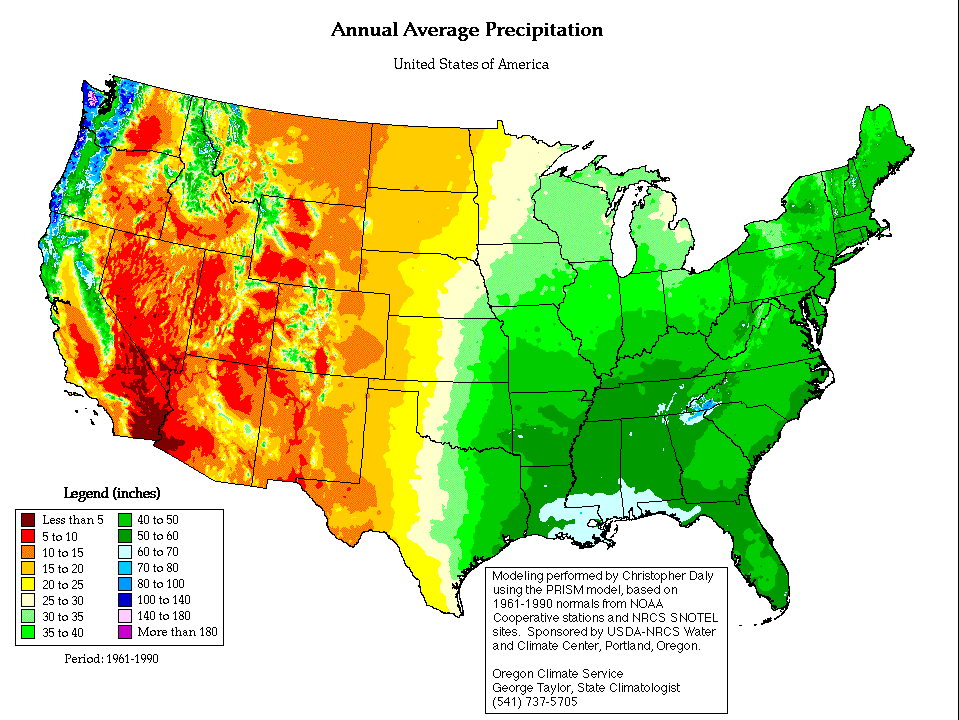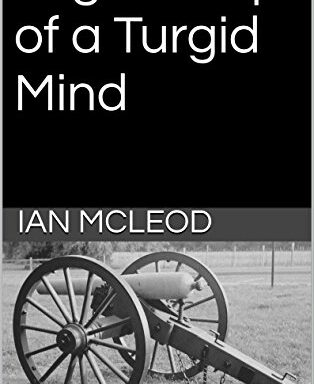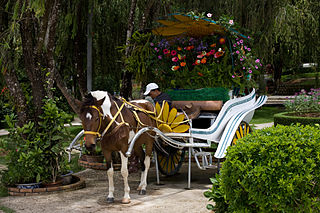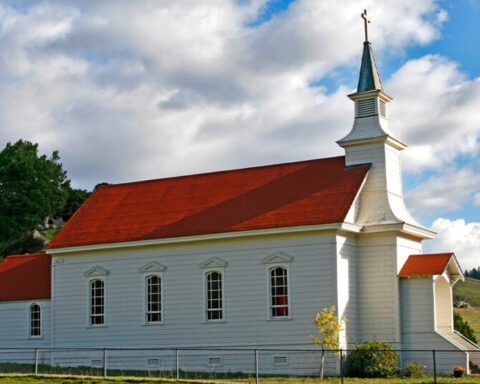After watching a (now removed) Youtube vid that concluded that the best place in the whole world for all of us to live is in the Florida Panhandle,* I got to thinking that what is needed is not for someone to conclude where the best possible place to be in some kind of SHTF scenario,** but rather a discussion of the factors that should play into such a choice. This will be done via an occasional series of USA maps*** that illustrate natural, political, and demographic information.
Such an approach is useful because everyone is going to consider different scenarios more likely than others, which necessitates that certain factors like rainfall or population density be treated as more important than others. The Redoubters, as I’ve mentioned elsewhere, consider military defensibility to be crucial. I don’t, except to the extent that oceans and deserts are fortifications. So we are necessarily going to draw different conclusions from the same data because we will weigh that data differently. That’s fine. Not all of us can fit in Marianna, Florida, anyway.
So first up is a biggie in just about any scenario: rainfall. Even though the US as a whole is not considered a place where fresh water is scarce, the recent drought in California reminds us how much and in what ways we rely on water for food production.
Now, the thing I like best about the above map is that it displays colors appropriate to my personal conclusions: green is go, red is stop. Green denotes areas where, coincidentally, perhaps, the rainfall of 30-60″ per year fits in well with a garden’s demand for 1-2″ per week, depending upon temperature and soil type. Of course, water need not be all summer rainfall, as the prepper is expected to be saving rainfall all year long, even if it’s in a pond. But it becomes very difficult to provide the garden with 60 inches of water over 30 weeks if your area only gets one inch a month, and most of that as snow. It doesn’t mean you can’t live there: people still do. It just means you’re going to have to work harder and be more creative in providing water for gardens and livestock.****
Best places: Obviously, the eastern half of the US scores well, as does northern and central California (sometimes, I guess) and central Colorado. Good Redoubt areas include Idaho and small parts of Montana and Wyoming. If you really, really love rain, western Oregon and Washington rule, as does the Mississippi Delta.
Marginal places: the High Plains to the eastern Rockies. These areas are some of America’s most productive farmland, but they are so only because of a) massive amounts of petroleum-based fertilizers, and b) heroic pumping from the Ogallala Aquifer. Personally, I don’t see western Kansas remaining half as productive should one or both of those efforts fail. Minnesota has enough water lying about that even with marginal rainfall, it’s probably best of the bunch.
Worst places: The West generally, the Southwest specifically. I would really hate to be trying to farm or even garden 50 miles outside Phoenix when the government turns off the water, either because it’s not available or because you’re being uppity. Both happen.
Next time we’ll take a look at a map that shows that all the good areas on this map are really bad, and the bad areas are all good: population density.
Multitudes, multitudes in the Valley of Decision.
* Proudly sponsored by the Marianna Florida Chamber of Commerce.
** I’m consciously trying to avoid creating another disaster pr0n site, so discussions of actual, theoretical SHTF scenarios will probably be few and far between unless someone wants me to address something specific. There’s plenty of other sites that will tell you that Rabbi Kim Obama Putin is ready to loose his alien nuclear EMP drones on the US Dollar and the Yellowstone Super Volcano right freaking now!
*** One of which will probably discuss why the USA is far and away the region of choice for Americans, no matter what happens.
**** We’ll assume you’re saving the well for people.

Where to Live I – Rainfall
7 Comments
Leave a Reply
Latest from Family

“Joseph” by Charles Kingsley
Editor’s note: The following is extracted from The Works of Charles Kingsley, Vol. 25 (published 1885). (Preached on the Sunday before the Wedding of the Prince of Wales. March 8th, third Sunday

Fly, Fly Dear Friend
It is with heavy heart that we report that our good friend and MOTW Poet Laureate, Ian McLeod, has passed away. He was too young, and he will be dearly missed. Offer

You Can’t Have Both Feminism and Chivalry
If women are not weaker than men there is zero reason to “protect” or “let them go first” or “open the door for them.” Now because I’m dead set against feminism, I

A Place for Everyone
If you ever played any team sports, you’ll be familiar with motivational quotes. Successories kicked things off in 1985 as a catalog company. There are entire campaigns and web sites devoted to

Church Home
That older single lady with the grey hair and quirky dress. The men stuffing themselves into old suits a size and a half too small or the old men whose suits now




4.5
5
I relocated the family to Idaho a few years back and initially had a list of things that I wanted on the land I had plans to purchase. On the list was both a year-round creek and, if possible, a spring. I ended up with neither. However, I do have a good well and a manual pump, with plans to add an old-fashioned windmill to do the pumping.
We are in one of the 10-15 inches areas of the map, nestled in the farmland, but if it weren’t for the network of irrigation canals, this area would be high desert. The reason the valley is a great agricultural success are the rivers that flow through – the Snake, the Boise, the Payette, all fed by the green areas on the rainfall map, high in the mountains. If worse comes to worse, the Snake River is two miles away and that bad boy isn’t going to go dry.
Confused by comment three, sir. The USA is the region of choice for Americans? That seems…obvious…was a particular region meant, or am I missing some reference.
I would think that means instead of leaving for some other country. Americans prefer to find a place in the USA, rather than heading to Cameroon or something.
Theophrastus is exactly correct. One could argue speficic exceptions (Jews to Isreal) but I think the idea that one can just ride out shtf in Costa Rica or Chile will prove a very expensive mistake for those who make it.
Got it, and thank you both for the clarification. Thoughts of leaving never even came up.